Pond Management 101 (FALL)
As the last leaves begin to fall onto the already heaping piles within your yard many people are wondering what the quickest, easiest, and best way to dispose of them are. Honestly, I have no idea! What I can tell you about, and the reason I am writing this is to tell you what NOT to do if you live on or within raking distance from water.
Today, muck reduction or (Bio-Dredging) has become an essential step towards a clean lake or pond bottom. You may ask, “How did all this muck get in here in the first place?” or “Why is my pond a foot shallower than it was a few years ago?” I am here to tell you that these are easily answered questions because they are one in the same.
It is the result of years of organic matter, including LEAVES, grass clippings, animal waste, etc entering the body of water. As these organics degrade along with degradation of the aquatic weeds and algae they create large build-ups of organic sediment or “muck”. Eventually leading to anaerobic bodies of water that smell like rotten eggs an have the potential for fish killing levels of ammonia.
So, the good news! There are simple steps you can take to slow down or even reverse this process, which brings me back to the beginning… DO NOT RAKE OR BLOW YOUR LEAVES OR GRASS CLIPPINGS INTO YOUR LAKE OR POND! 🙂 Use best practices for lawn care and landscaping around your body of water. Do not fertilize within 10′ of the shoreline, create a buffer zone around the pond to filter fertilizers and animal waste, and to catch leaves and clippings before they enter the water.
If you have a body of water that needs immediate care in order to reverse the situation we talked about above, we can help with that as well. Bio-degradation of organic sediments, or Bio-dredging is an amazing, affordable way to get your lake or pond back on track and most importantly, staying that way for generations to come. Please contact us with any questions you may have and to set up your free lake or pond survey today!


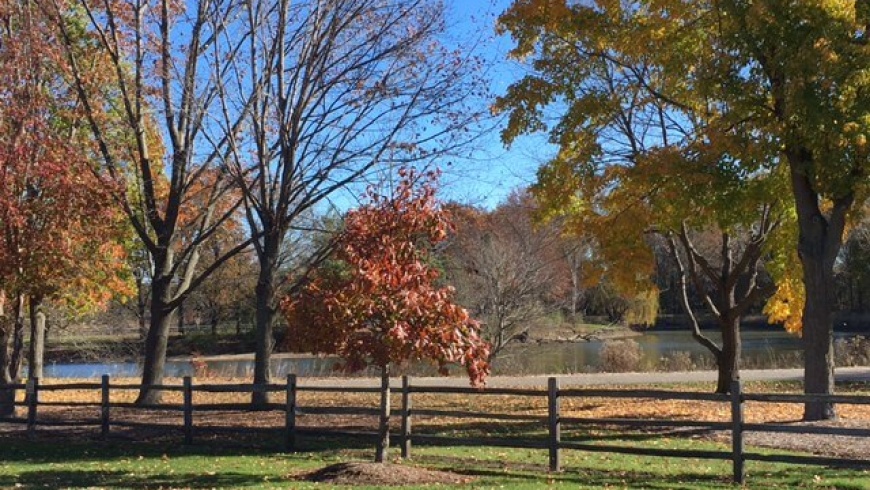
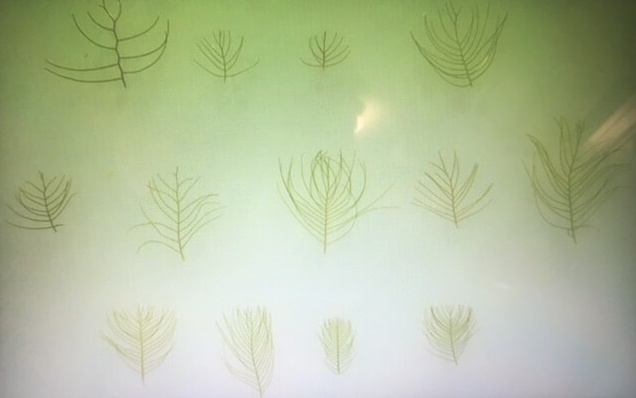
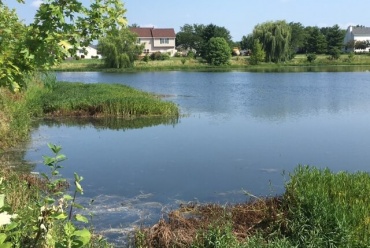
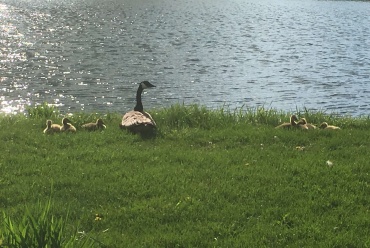
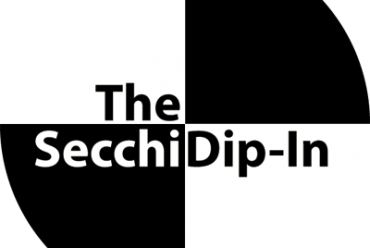

No Comments